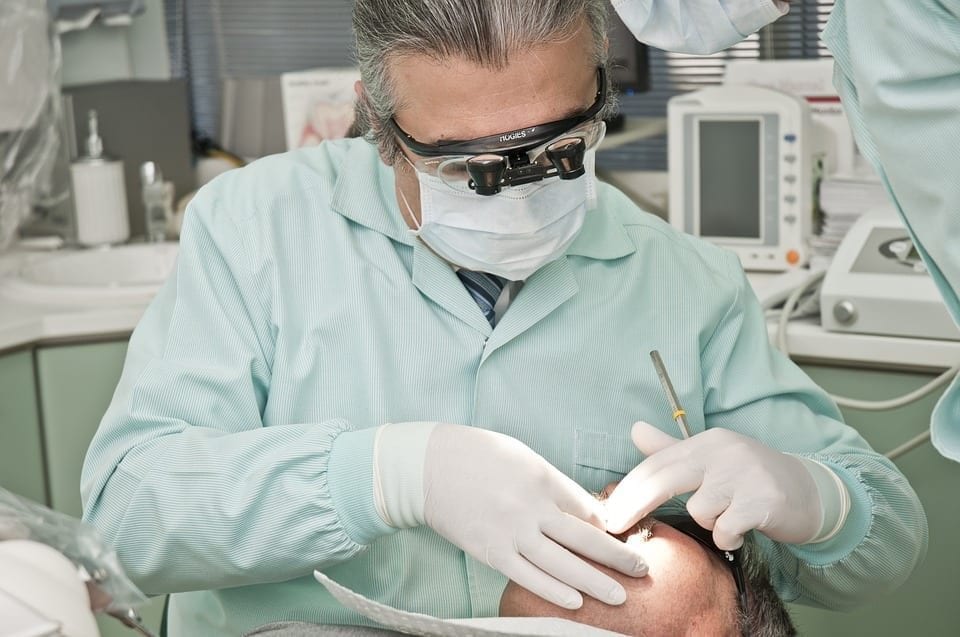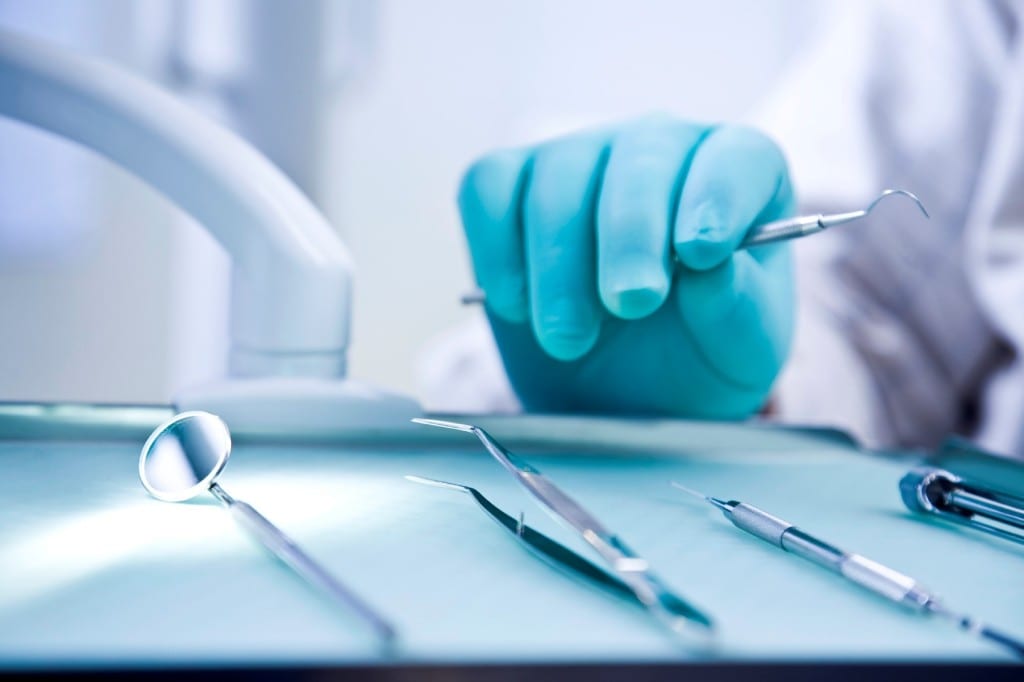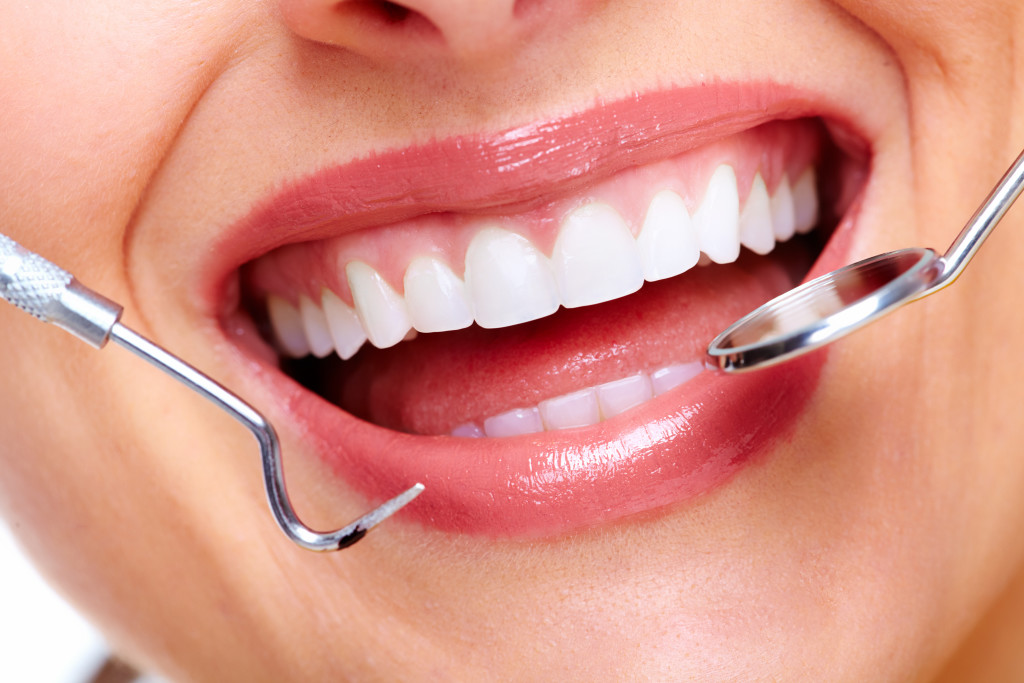 Gingival Recession: Causes and Treatment
Gingival Recession: Causes and Treatment
Gingival recession is the exposure of the neck (part of the root) of the tooth by lowering the level of the gums. This is an insidious problem that negatively affects the beauty of a smile, a comfortable meal and healthy teeth. What are the causes and symptoms of the formation of a recession, how to eliminate the disease, and also how to avoid its occurrence – read in our article.
Causes of Gum Recession
Irregular oral hygiene. Rare toothbrushing leads to a large accumulation of plaque and tartar. They provoke the lowering of the level of the gums
Mechanical damage. Excessively active and enhanced brushing, especially with a stiff bristle brush, injures the gums
Pathology of the frenum of the lips. Improperly formed bridles of the upper or lower lip – located high or too short. They tighten the gums and cause a gradual recession in the place of the most intense tension.
The development of periodontal disease. A disease characterized by tissue degeneration due to impaired metabolism and blood supply to the gums
Bad habits. Addictions such as smoking and drinking also affect gum health.
Vitamin deficiency. Poor tissue enrichment with vitamins determines their dystrophy
Age-related changes. From the age of 35, a minor gum recession is a physiological process
Symptoms of soft tissue recession
How to understand if you have a gum recession? Pay attention to her appearance. Visually determine the disease can be at the edges of the tissues, if the level of gums on different teeth is noticeably different or the crown of the tooth has become longer. In addition, there may be caries or darkening at the border of the tooth and gums. And when you use cold, hot or sour foods, you feel a sharp short-term pain, since open areas are sensitive to temperature changes. These may be signs of exposure of the roots of the teeth. But an exact diagnosis will only be made by a doctor – a periodontist dentist after a thorough examination.
Types of Gum Recession
In terms of coverage:
- generalized – several teeth or the entire dentition
- local – a decrease in the level of the gums in the area of one tooth
Depending on the reason:
traumatic – as a result of external injuries, enhanced oral hygiene, bad habits, wearing braces or crowns not suitable for the oral cavity
symptomatic – caused by gum disease and poor oral hygiene
physiological – occurs due to the natural aging of periodontal tissues
Recession Treatment
It is impossible to cure gingival descent only with conservative methods or folk remedies at home. Surgical intervention by a doctor is necessary. To close the exposed area, donor tissue is taken, as a rule, from the sky and transplanted to the defective area. Native tissue takes root quickly enough and without complications.
- Prevention of exposure of tooth roots
- Follow the rules of oral hygiene at home
- Choose the right toothbrush
- Take professional oral hygiene twice a year
- Once every six months, undergo a routine examination by a periodontist
- Give up bad habits
The sooner the doctor diagnoses a gum recession, the easier, faster and more effective the treatment will be. Take care of your comfort and attractive smile!
Picture Credit: Pixabay






